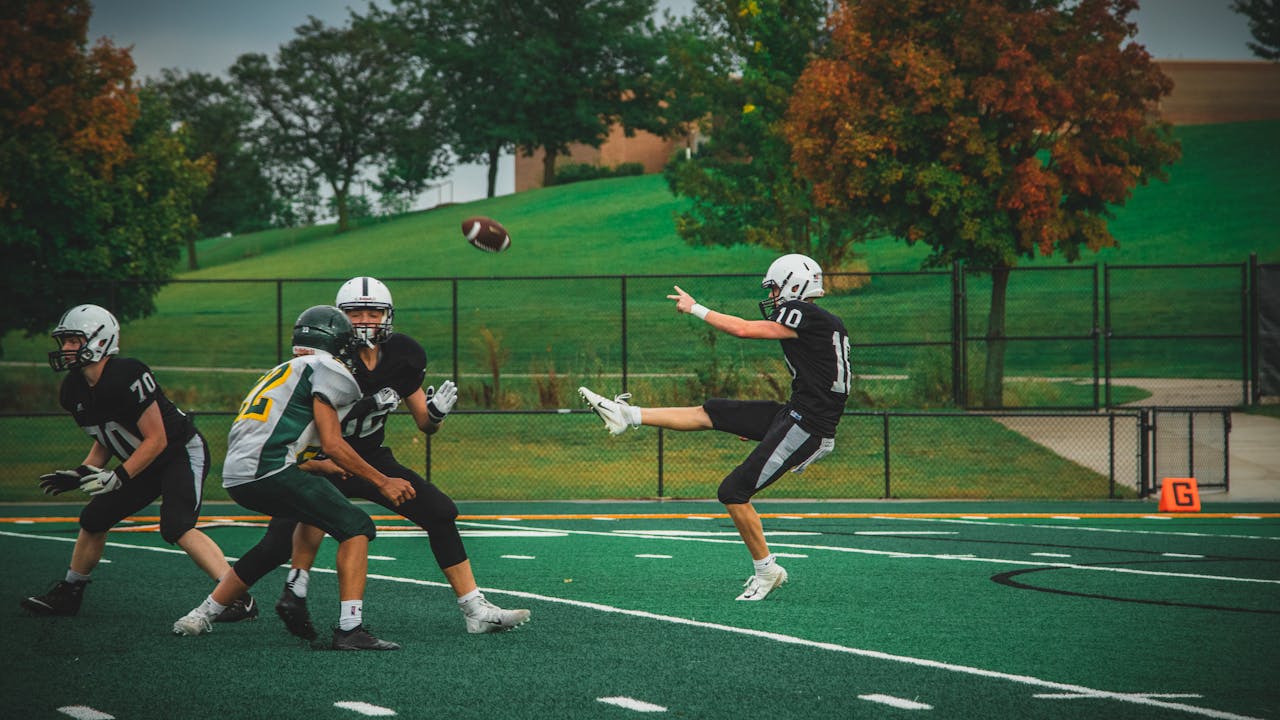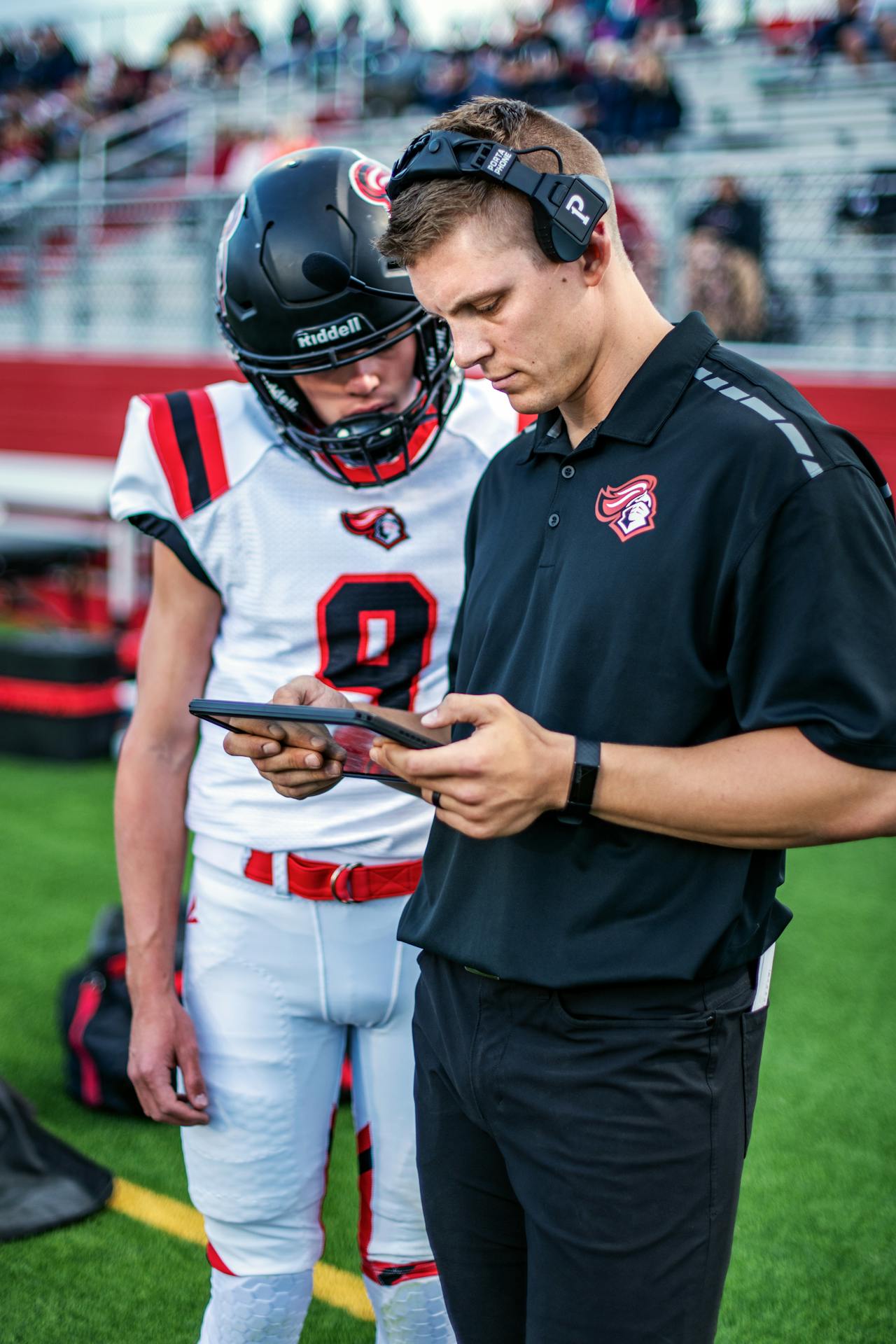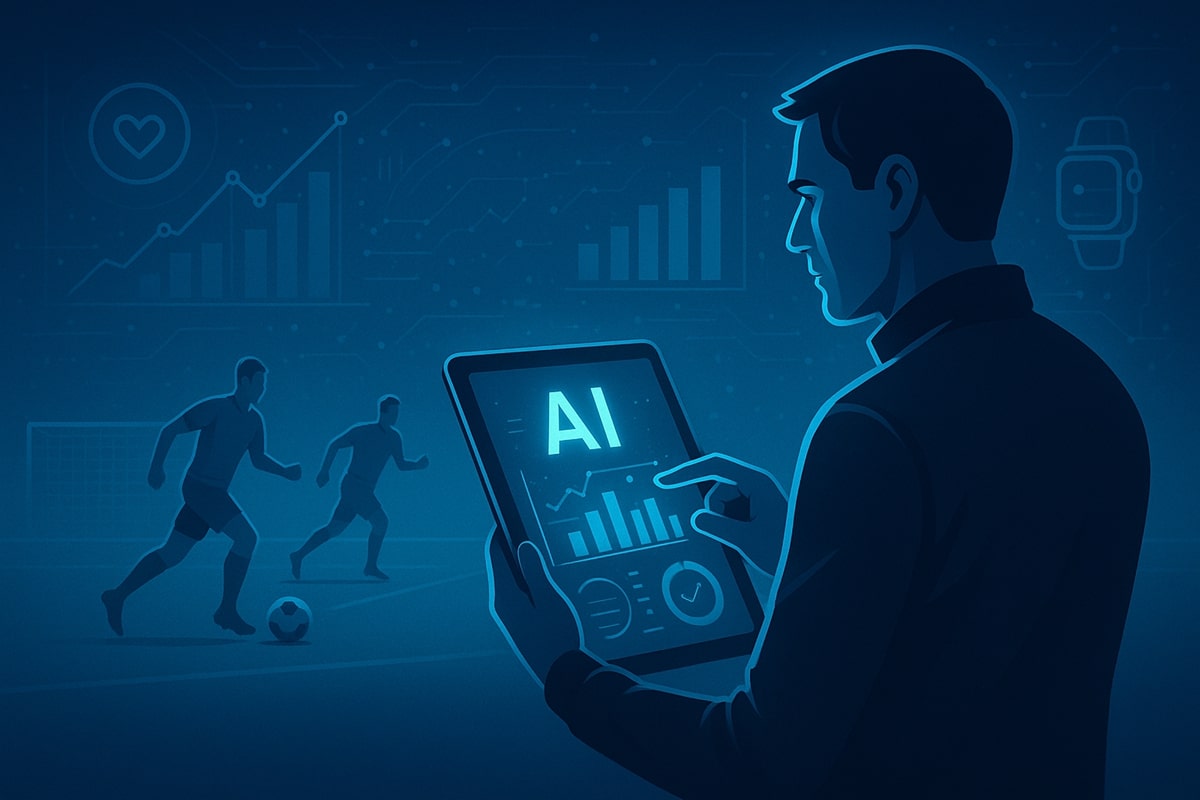In today’s competitive sports environment, talent and hard work alone are no longer enough to ensure success. Coaches, managers, and analysts increasingly rely on technology to make smarter decisions, improve performance, and gain a competitive edge.
Among the most powerful innovations in sports today are AI tools, which provide actionable insights for team management and strategy.
For those exploring ways to enhance operations and performance, AI tools for sports management and strategy offer comprehensive guidance on leveraging technology to make informed decisions, optimize player development, and improve tactical planning.
From tracking player performance and preventing injuries to analyzing opponents and improving fan engagement, AI is transforming how sports teams operate.
By turning complex data into practical insights, these tools allow teams to make strategic decisions that were previously based on intuition alone.
How AI is Revolutionizing Sports Management
AI is reshaping sports management in several critical ways. By analyzing vast amounts of data, AI tools can identify patterns, forecast outcomes, and provide managers with insights that were once impossible to obtain.
This transformation is particularly impactful in professional sports, where even small improvements can determine the outcome of a season or a match.
Player Performance Analysis

AI tools offer detailed performance tracking for individual players and entire teams. Metrics such as distance covered, sprint speed, pass accuracy, and heart rate can be analyzed in real-time to provide comprehensive performance reports.
This information allows coaches to tailor training programs to each athlete’s strengths and weaknesses.
For example, a soccer team might use AI to monitor a midfielder’s positioning and movement during matches.
Insights generated from this data can inform tactical adjustments, guide training exercises, and ensure the player reaches peak performance. Over time, these data-driven adjustments can lead to measurable improvements on the field.
Injury Prevention and Health Management

Injuries are a major concern for any team. AI tools can predict potential injury risks by analyzing workload, movement patterns, and historical injury data.
This allows coaching and medical staff to implement preventive measures and manage player workload more effectively.
Wearable devices combined with AI analytics can track fatigue, detect irregular movement patterns, and alert staff to potential injury risks before they escalate.
This proactive approach not only keeps players healthier but also enhances team performance by ensuring that key athletes remain available for matches.
Tactical and Strategic Planning
AI tools are increasingly being used to inform tactical and strategic decisions. By analyzing opponent tendencies, historical match data, and player performance, AI can suggest optimal strategies for upcoming games.
For instance, coaches can simulate different formations, test various plays, and explore “what-if” scenarios to determine the best approach before stepping onto the field.
In basketball, AI can analyze shot patterns and defensive tendencies of opposing teams, allowing coaches to create game plans that exploit weaknesses and maximize scoring opportunities.
Similarly, in football, AI can recommend formations based on the strengths and weaknesses of both teams, helping managers make informed decisions about substitutions and in-game tactics.
Recruitment and Talent Scouting

Recruiting the right players is crucial for long-term success. AI tools can simplify the scouting process by analyzing player statistics, performance trends, and behavioral patterns.
This data-driven approach allows teams to identify promising talent and make informed recruitment decisions.
For example, AI can analyze youth league statistics to identify standout performers who may have been overlooked by traditional scouting methods.
By predicting future performance potential, teams can reduce recruitment risks and invest in players who align with their strategic goals.
Enhancing Fan Engagement
AI also extends beyond the field, transforming the way teams interact with their fans. By analyzing fan behavior, teams can personalize content, optimize ticket sales, and improve engagement.
AI-powered platforms can suggest tailored social media campaigns, generate interactive content, and even predict fan reactions to new initiatives.
For example, a basketball team can use AI to determine which content resonates most with fans and when to share it. This allows marketing teams to optimize campaigns, increase fan loyalty, and improve overall brand value.
Real-World Applications of AI in Sports

Several sports teams around the world are already benefiting from AI tools:
- Soccer: Clubs in Europe use AI to analyze player positioning, passing patterns, and opponent strategies, improving match preparation and in-game decision-making.
- Basketball: NBA teams employ AI to track player movements, shooting efficiency, and defensive coverage, helping coaches optimize rotations and strategies.
- Baseball: AI tools analyze pitcher-batter matchups, fielding performance, and historical trends to guide strategic decisions in real time.
- American Football: NFL teams leverage AI for injury prediction, play simulations, and recruitment, improving player health and team efficiency.
These examples show that AI is not just a supporting tool—it has become an integral part of modern sports management, providing insights that enhance both performance and operational decision-making.
Challenges and Ethical Considerations
While AI offers significant benefits, it also comes with challenges. Privacy and data security are critical, as AI relies on collecting and analyzing vast amounts of personal and performance data.
Ensuring that these systems are transparent, fair, and secure is essential for maintaining trust among players and fans.
Ethical considerations also arise when relying heavily on AI for decision-making. Human judgment remains essential, particularly when evaluating talent, managing interpersonal dynamics, and making strategic choices that cannot be quantified.
The best outcomes are achieved when AI tools complement human expertise rather than replace it.
Best Practices for Integrating AI in Sports Management

- Define Clear Objectives: Identify specific areas where AI can enhance performance, such as tactical analysis, injury prevention, or player recruitment.
- Combine AI Insights with Human Expertise: Use AI to support decisions, not replace coaches and analysts.
- Train Staff Appropriately: Ensure that coaching and support staff understand how to interpret AI-generated insights.
- Continuously Monitor and Adjust: Regularly evaluate AI recommendations and refine strategies based on real-world results.
- Focus on Long-Term Goals: AI should be viewed as a tool for sustained improvement rather than a short-term fix.
The Future of AI in Sports
As AI technology continues to advance, its role in sports management will only grow. Emerging applications such as real-time decision support during games, advanced predictive injury models, and AI-driven scouting networks will become increasingly common.
Teams that adopt these innovations early will enjoy a competitive advantage, improving both performance and operational efficiency.
By integrating AI tools into day-to-day operations, sports organizations can focus on strategy, player development, and fan engagement while leaving complex data analysis to technology.
In the next decade, the line between sports analytics and strategy will blur further, enabling smarter, more agile teams capable of making informed decisions faster than ever before.
AI is poised to be a true game-changer in the world of sports, helping teams maximize potential and achieve sustained success.

